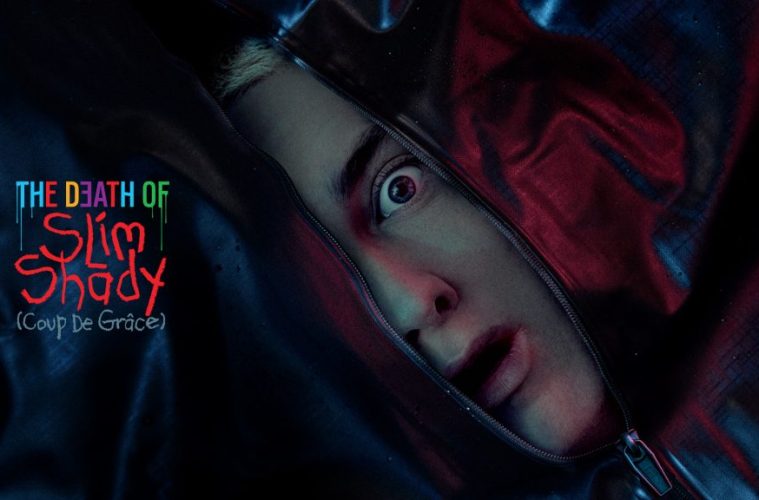You don’t need an intro to who Eminem is, often courting controversy from media, politicians or both. But with Slim Shady being his outlet for wilder songs or musings, what happens when we take him away?
Eminem’s latest album, The Death of Slim Shady (Coup de Grâce), promises to bury his notorious alter ego once and for all. But for all its dramatic posturing and morbid branding, what it actually delivers feels more like a theatrical sketch than a meaningful reckoning. If this is really the curtain call for Slim Shady, it’s one that keeps pausing for applause that never quite arrives.
Things kick off promisingly enough. The first track, Renaissance, feels like an overture to something sharp and self-reflective, touching on legacy and change with a bit more finesse than we’ve come to expect lately. Eminem still knows how to wrap words around beats with inhuman precision, and that muscle memory is on full display from the jump. But the further you get into the record, the clearer it becomes that this isn’t a rebirth from the ashes of Shady, it’s a familiar figure pacing a familiar room.
Many of the songs fall into a now-typical pattern: abrasive beats, shouty punchlines, and callbacks to past controversies. I’m (un)comfortably aware that we’re a long way from the apex of Mathers’ release quality, but it still feels tired. Tracks like Trouble and Brand New Dance wheel out the old Slim Shady antics; murder fantasies, celebrity name drops, all the usual chaos, but it feels less like provocation and more like someone playing their own greatest hits through a distortion pedal. The anger is there, the skill is there, but the energy feels recycled.
One of the more obviously ambitious efforts comes in the form of Guilty Conscience 2, a sequel to one of his most iconic tracks. It tries to present a courtroom showdown between Eminem and the Shady persona, but the structure is a bit too on-the-nose, and the impact is dulled by how often this sort of self-duel has already been played out across his discography. What was once daring, now lands as overly familiar.
That said, there are bright spots. Somebody Save Me, which features Jelly Roll, strips back the venom for a moment of actual vulnerability. It’s not revolutionary, but it’s the kind of raw honesty that reminds you why Eminem mattered in the first place. There’s a heaviness to it that feels lived-in rather than staged. Temporary, another more restrained track, manages to dig into introspection without losing itself in melodrama. These are the rare moments where the album breathes.
A few guest appearances offer some brief jolts of adrenaline. JID and Big Sean show up with the kind of hunger that throws Eminem’s veteran status into sharper relief. They aren’t stealing the show exactly, more like reminding you what urgency sounds like. But even those bursts can’t lift the overall pacing, which sags under the weight of too many tracks that feel like they’re just there to fill space.
Production is similarly inconsistent. There are some solid, head-nodding beats, but they’re outnumbered by ones that sound phoned in or stuck in a loop. When the music gets out of the way and lets the lyrics lead, things improve, but too often there’s a mismatch between the message and the backing. It’s not messy, exactly, just uninspired.
The bigger problem is thematic. For an album framed as a death knell to a persona that’s defined his entire career, it rarely feels like anything’s actually being put to rest. There’s no reckoning, no catharsis. Just a lot of noise and references to past behaviour without any real shift in perspective. If anything, it seems like Eminem is more interested in digging up old bones than burying them.
Author: Tom, Cardiff Store







